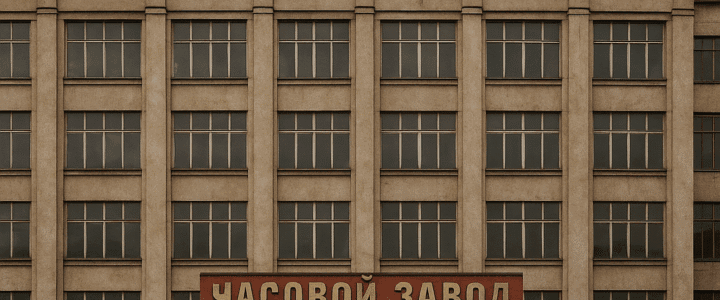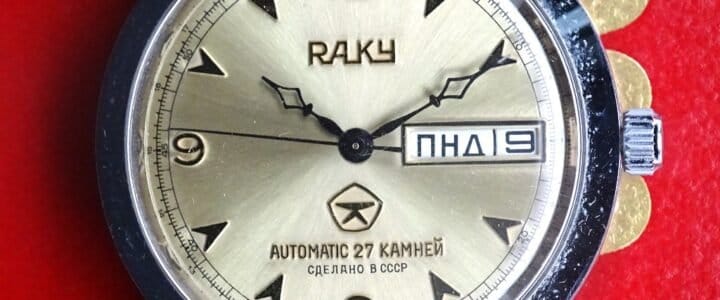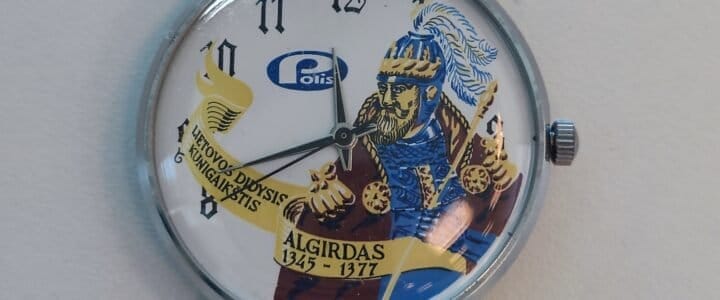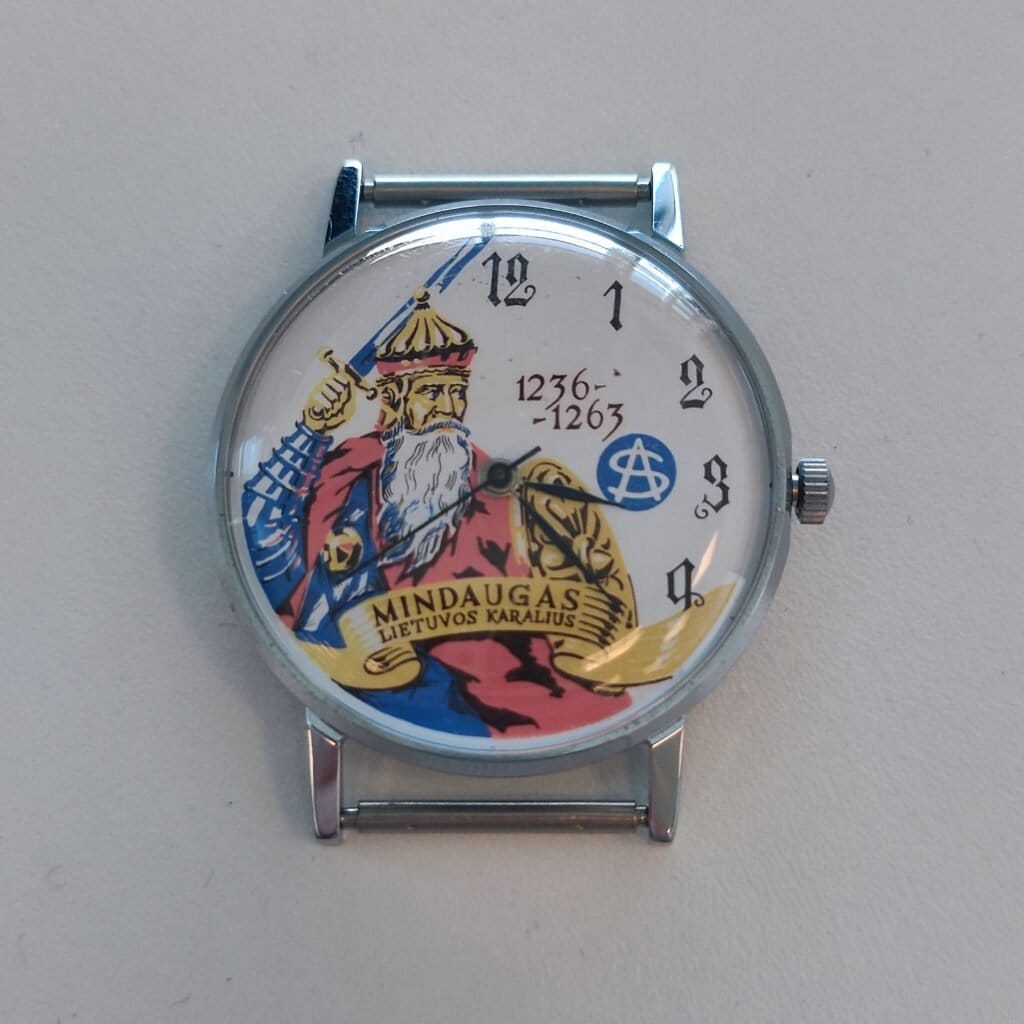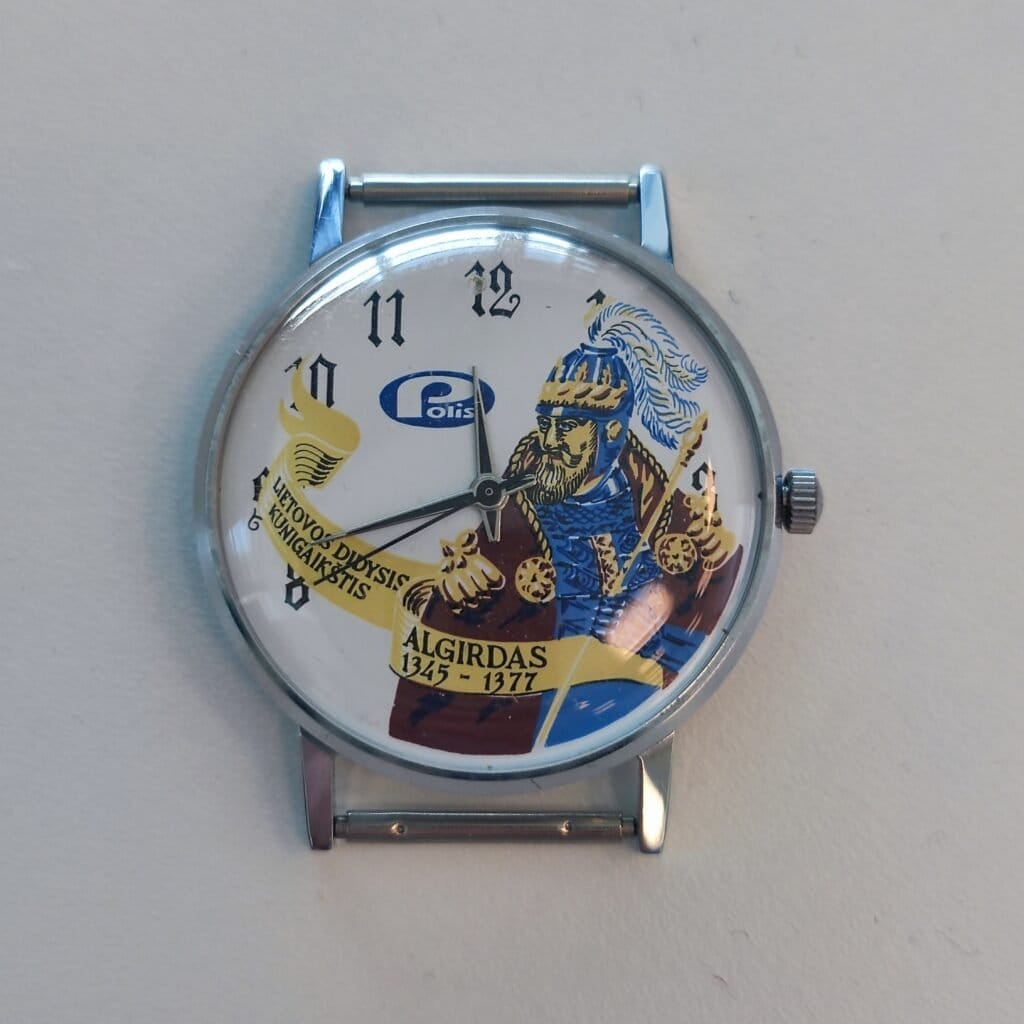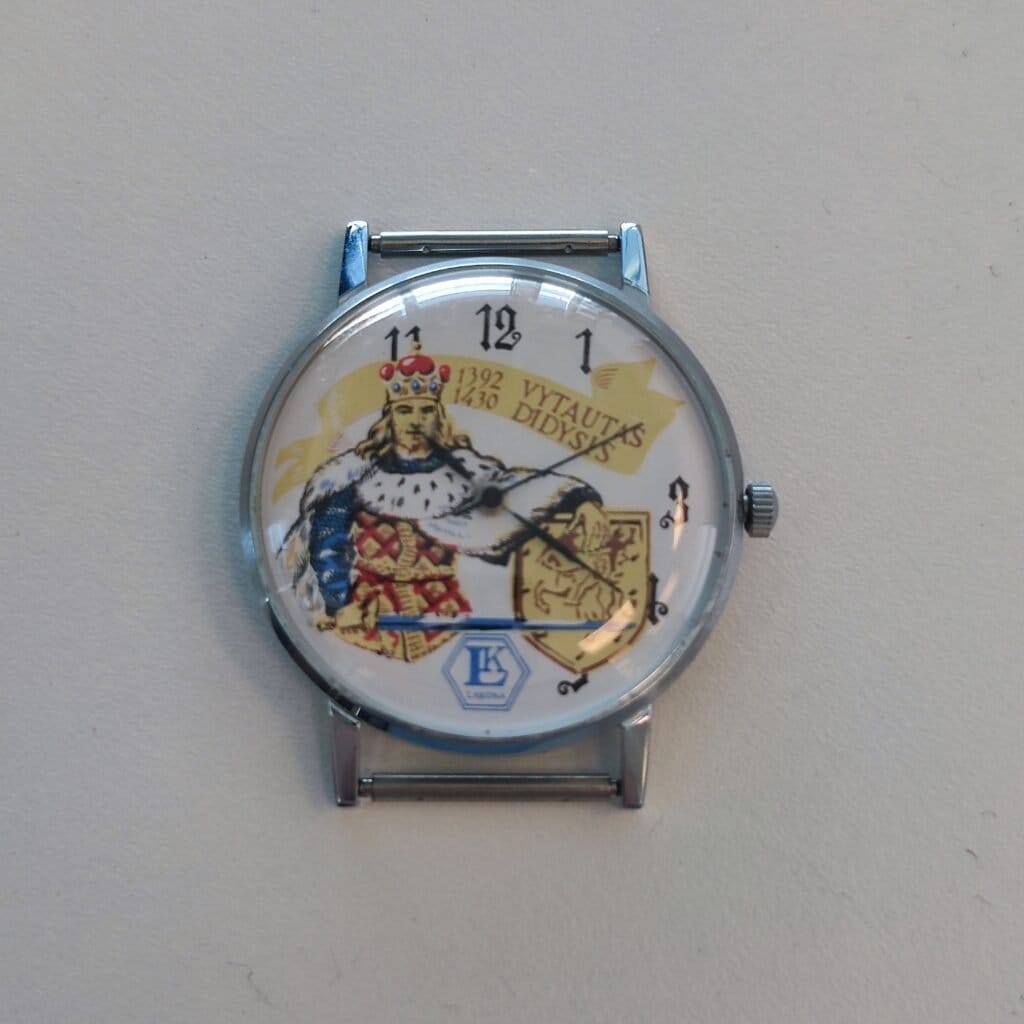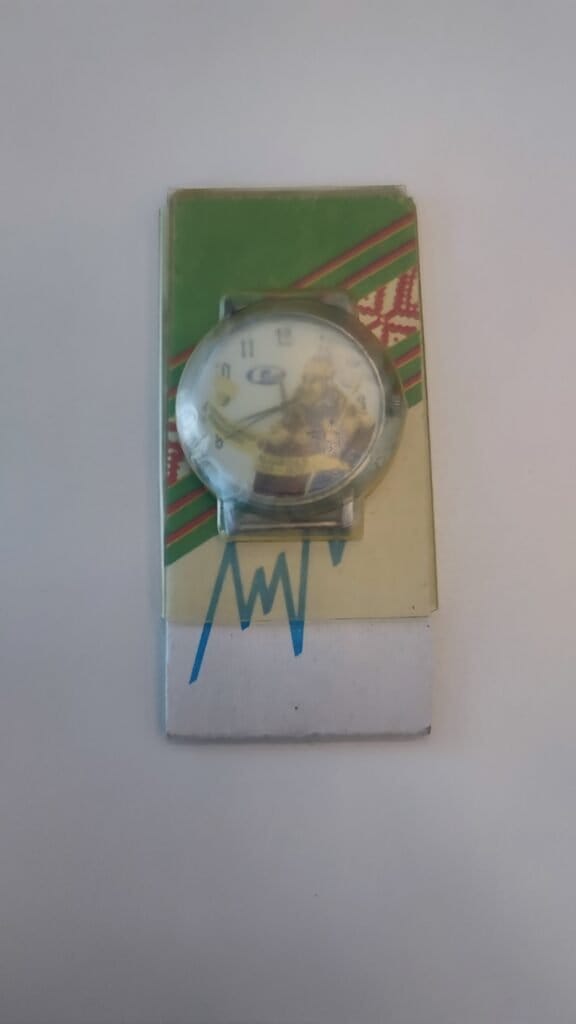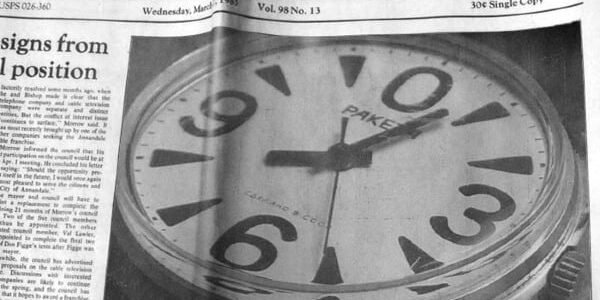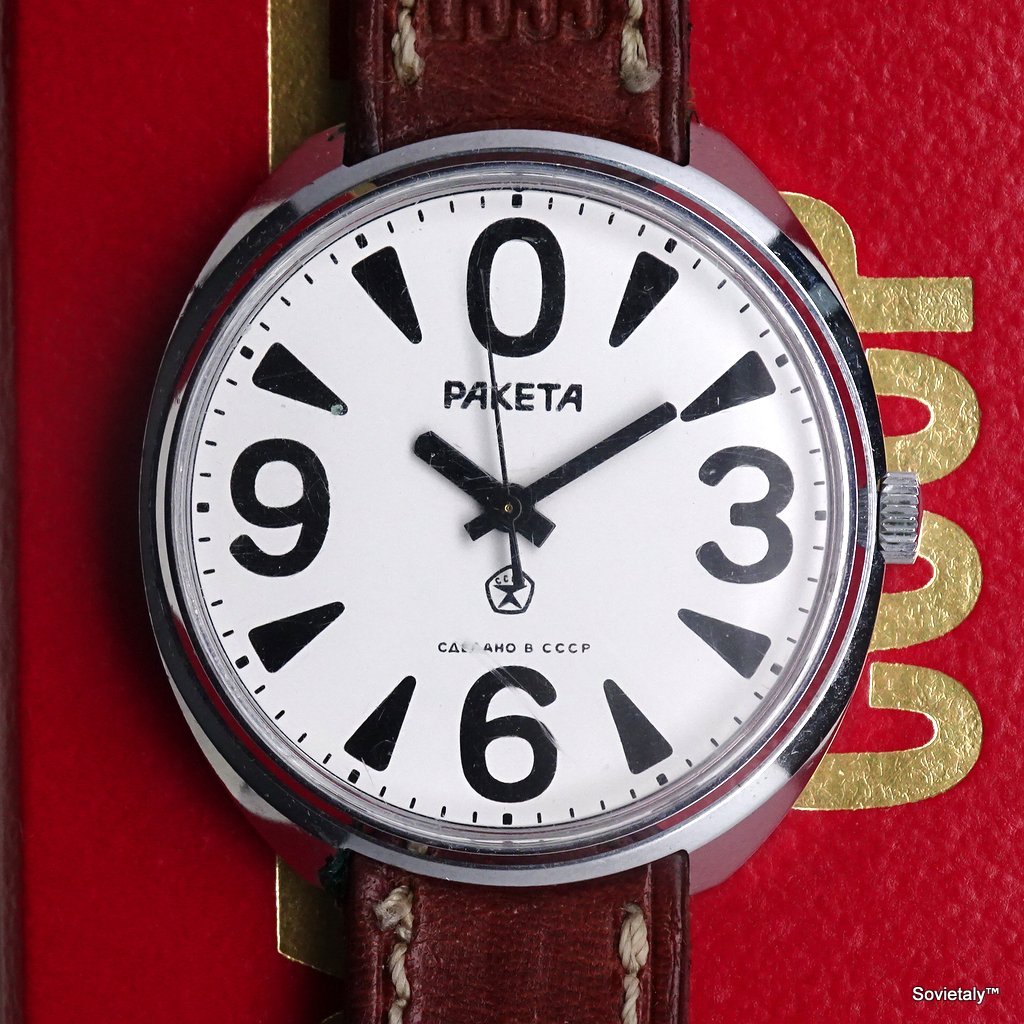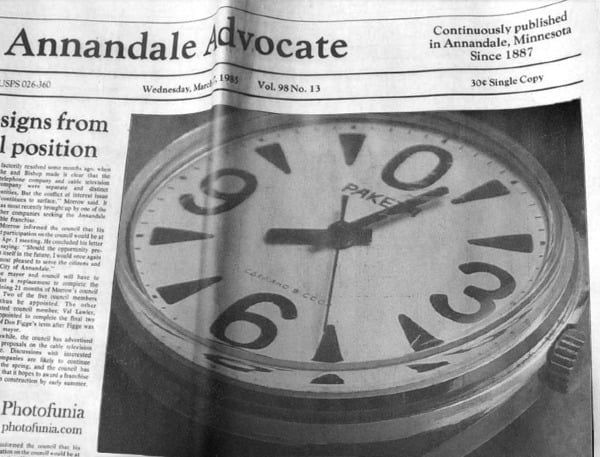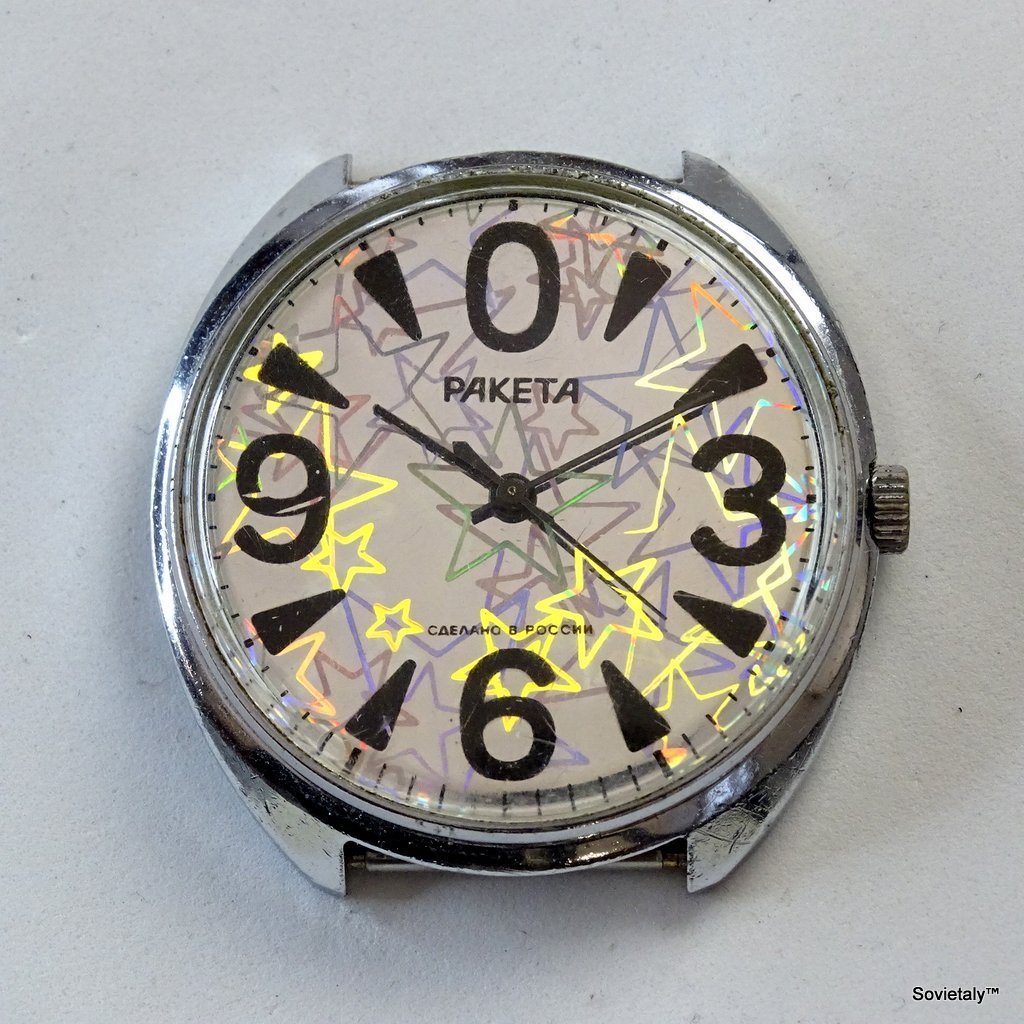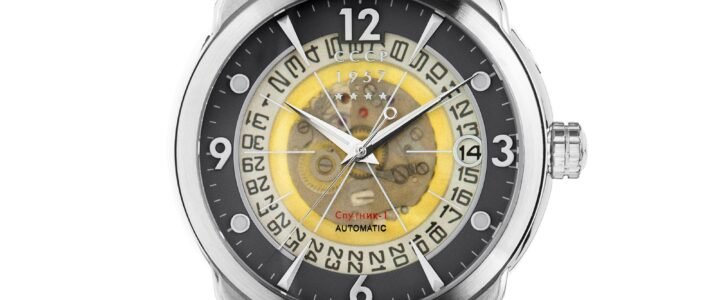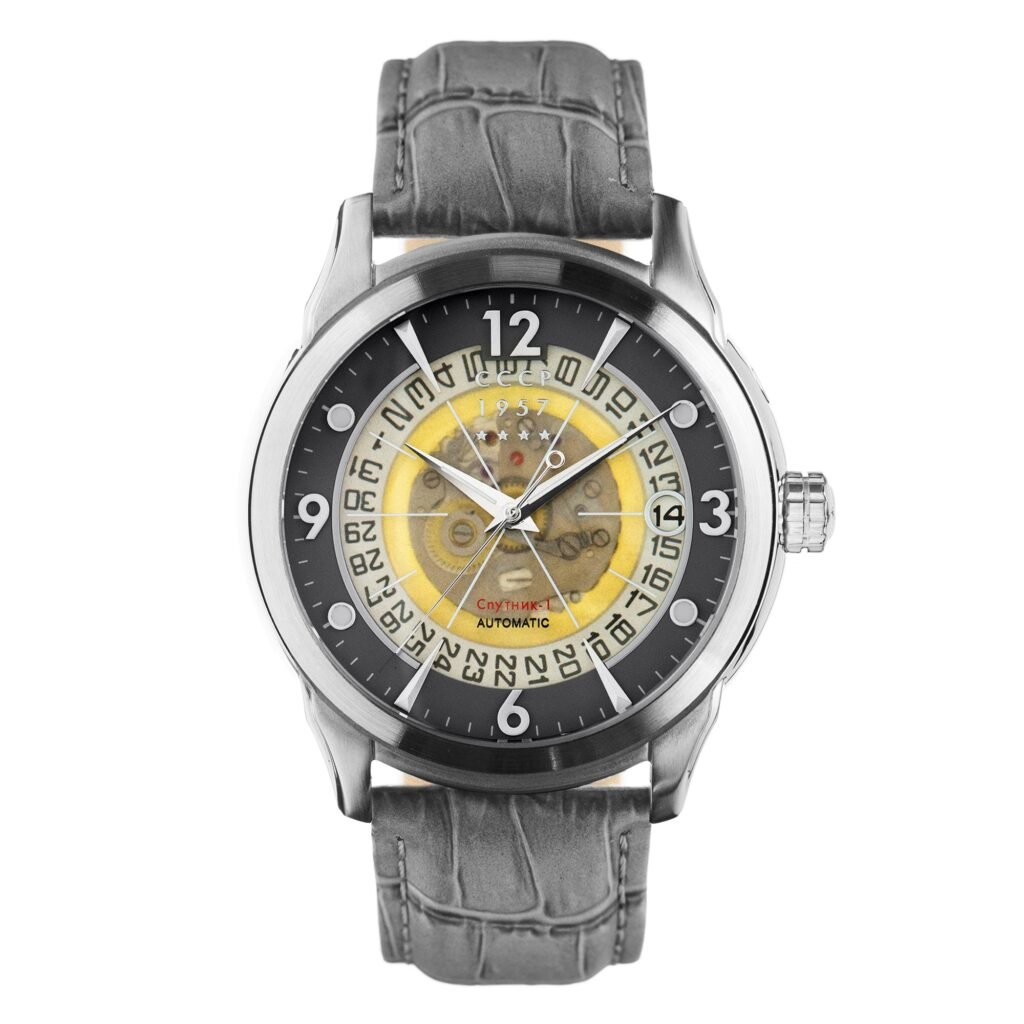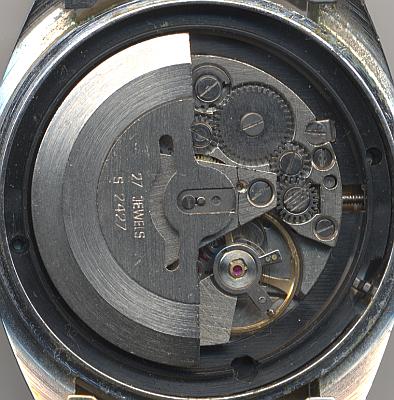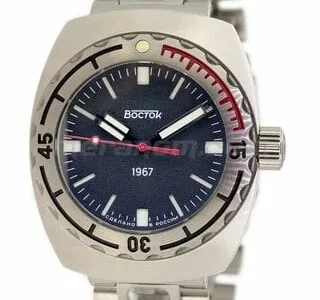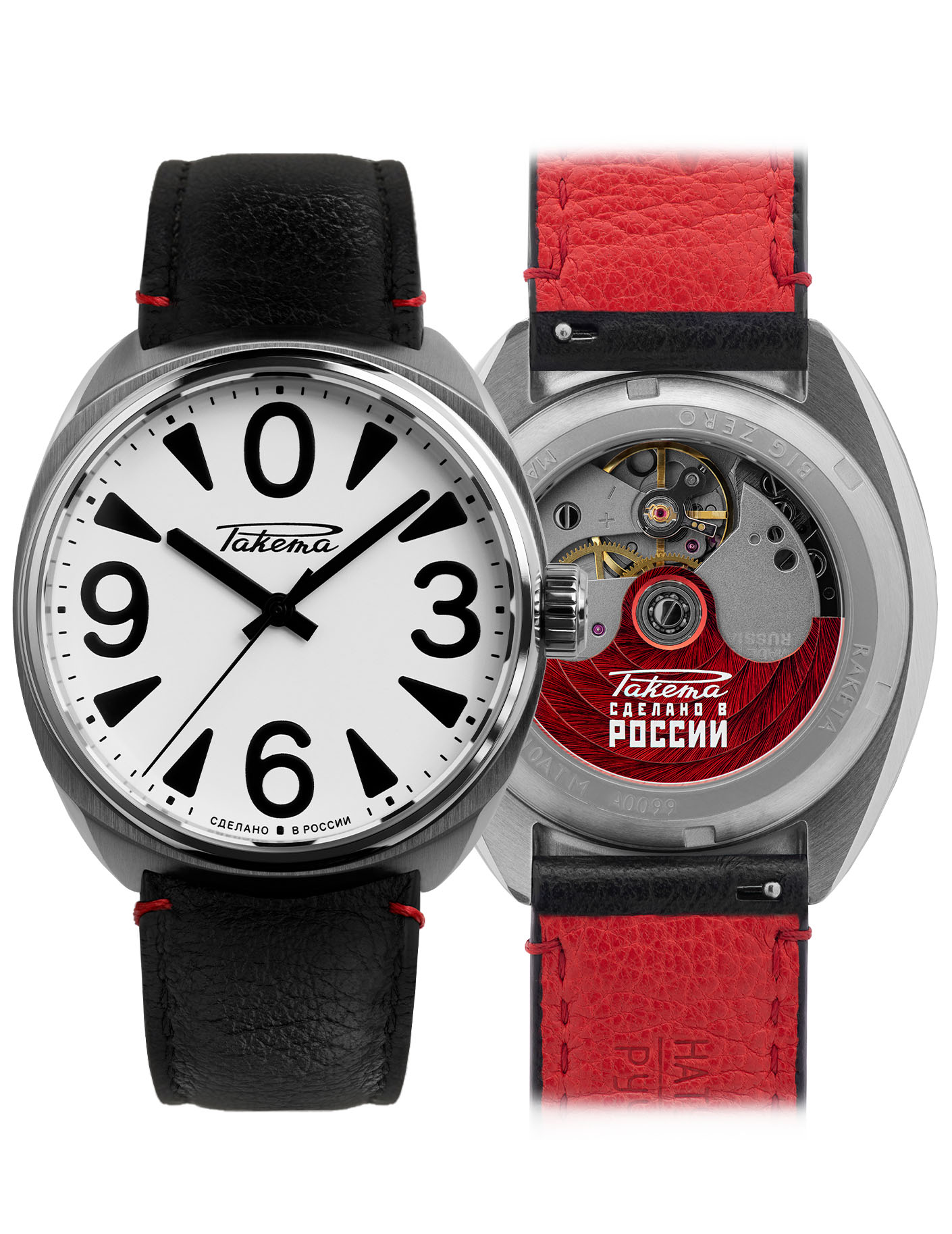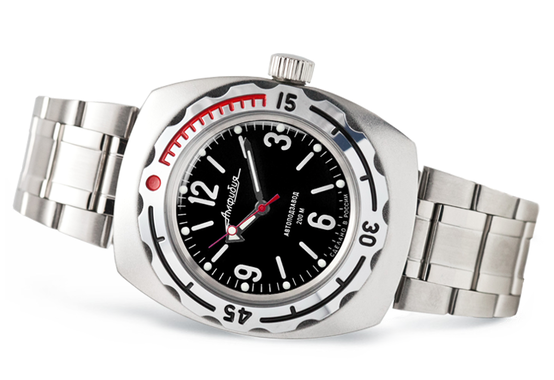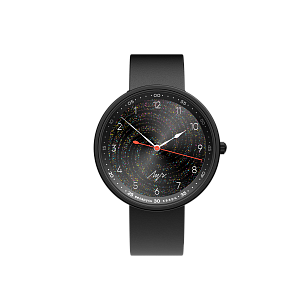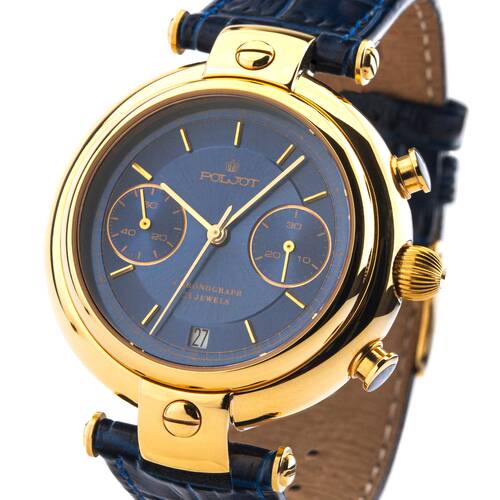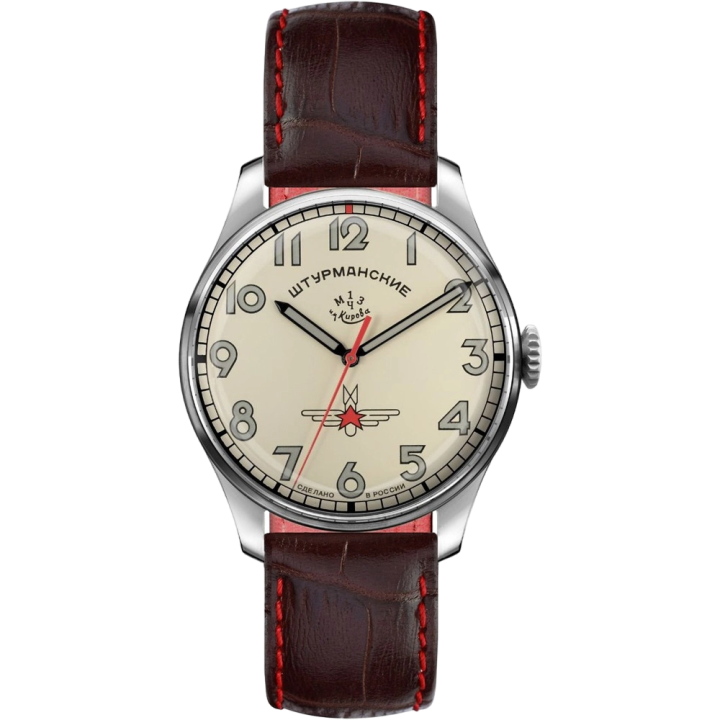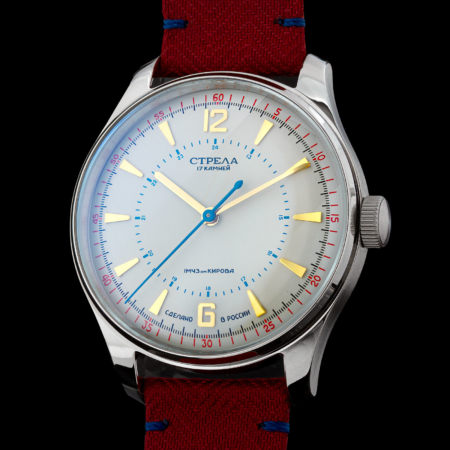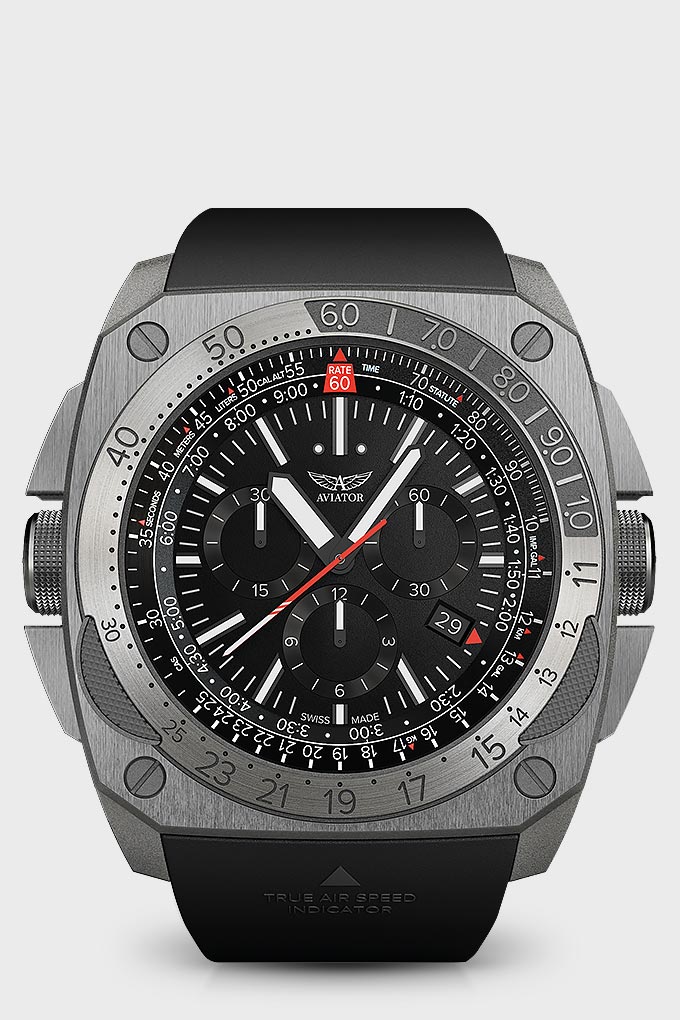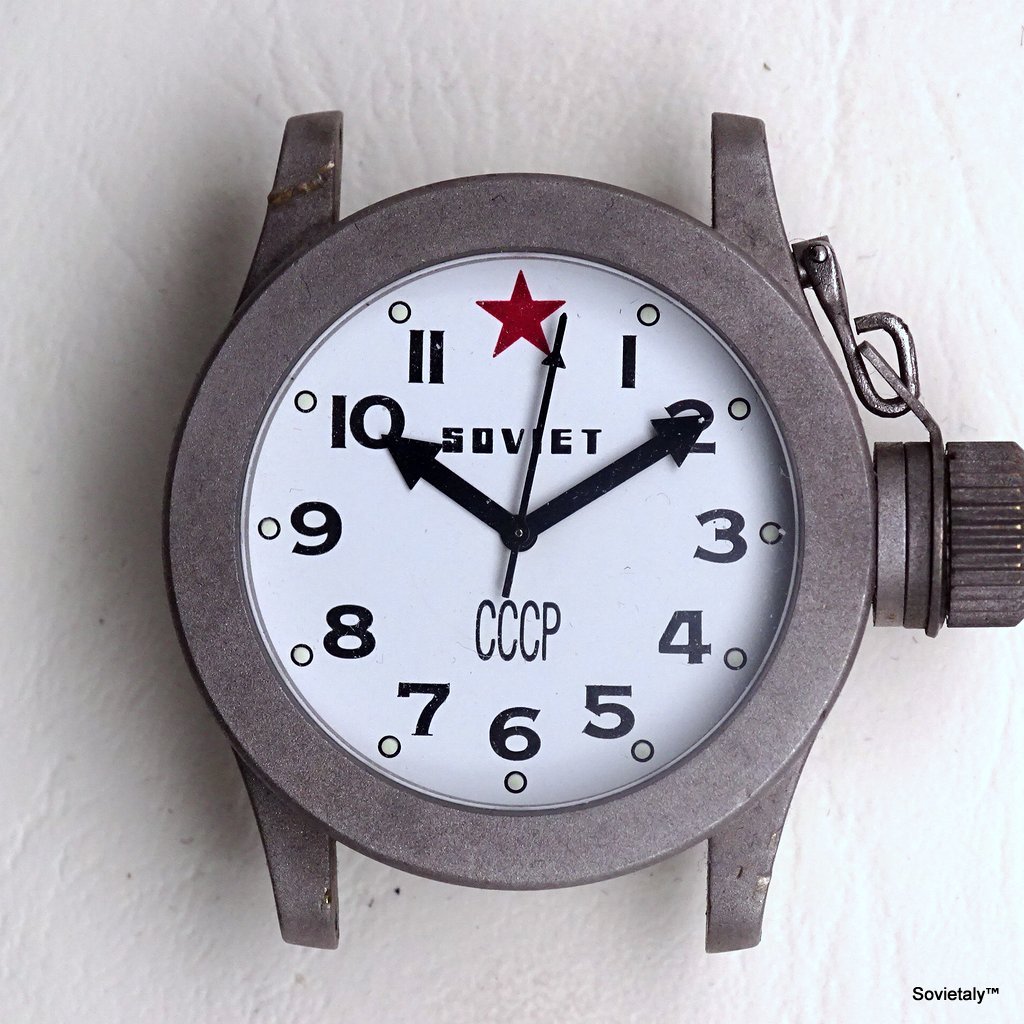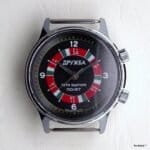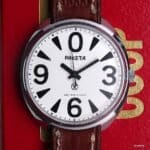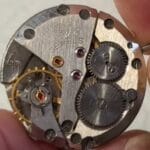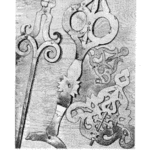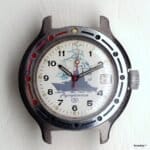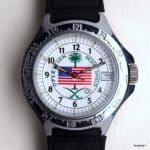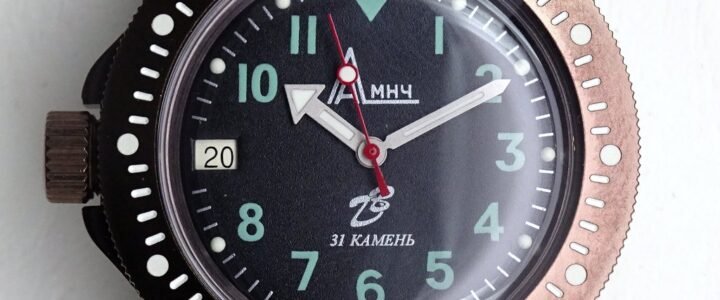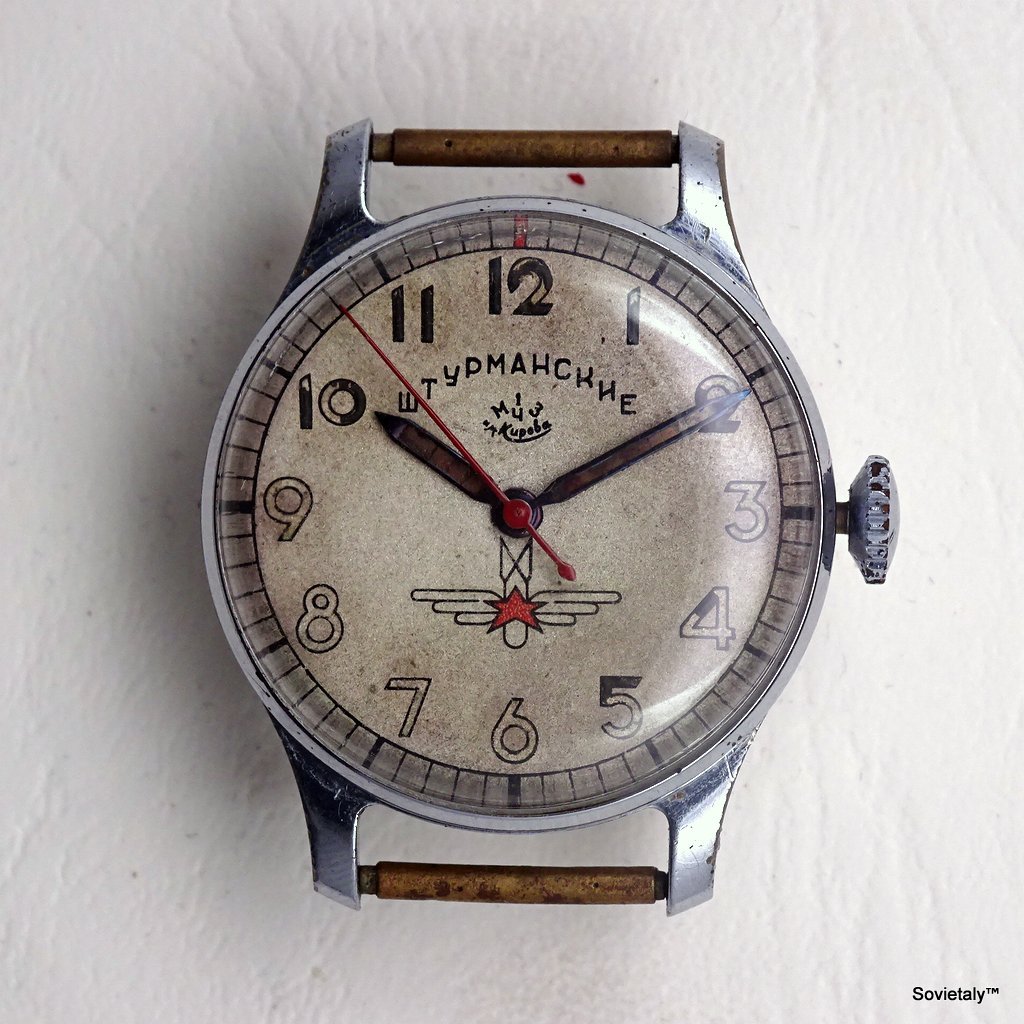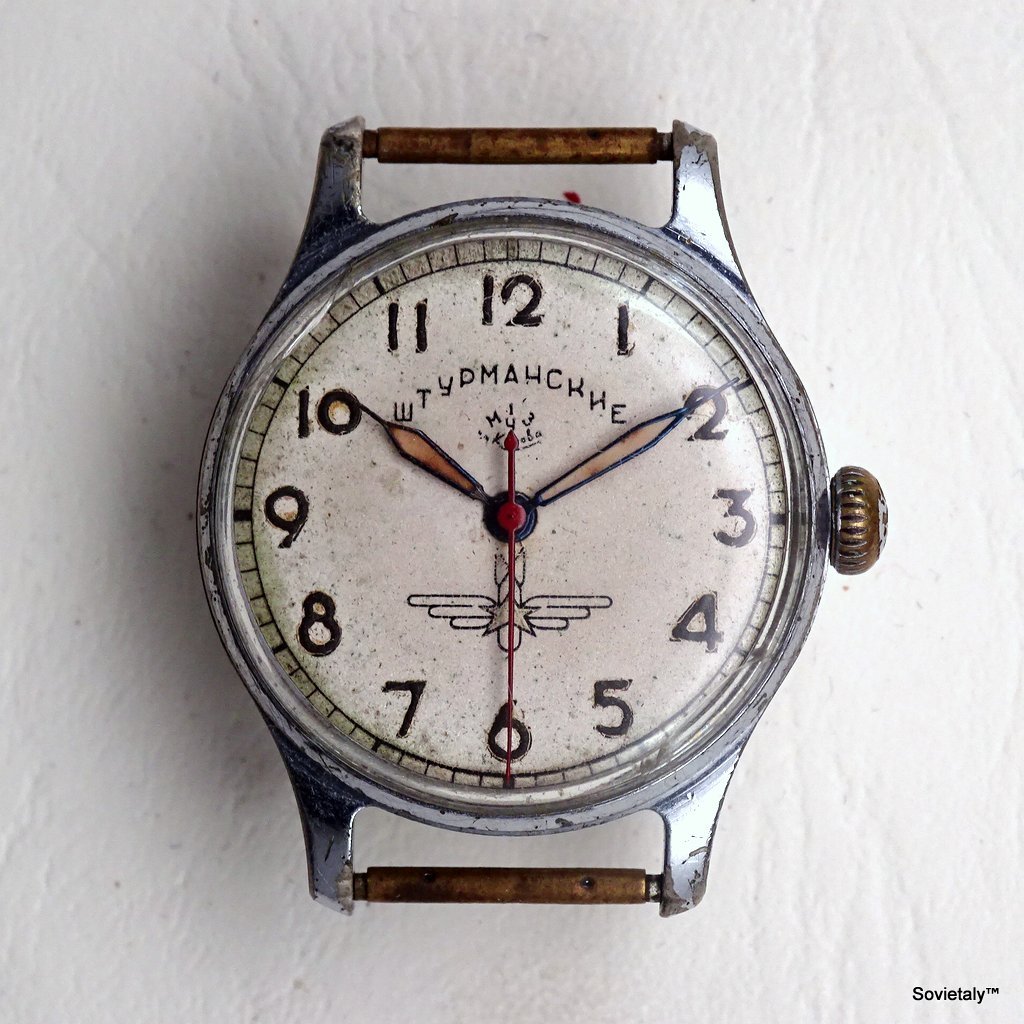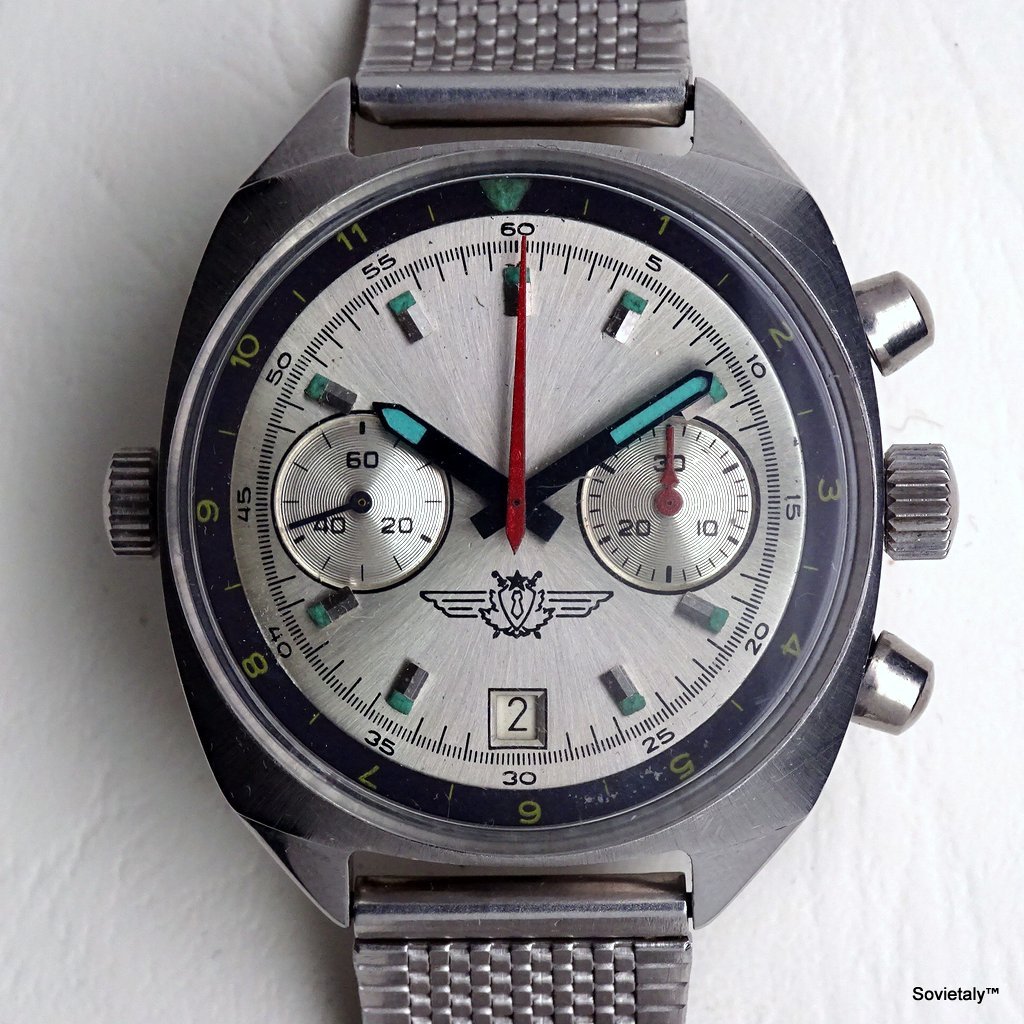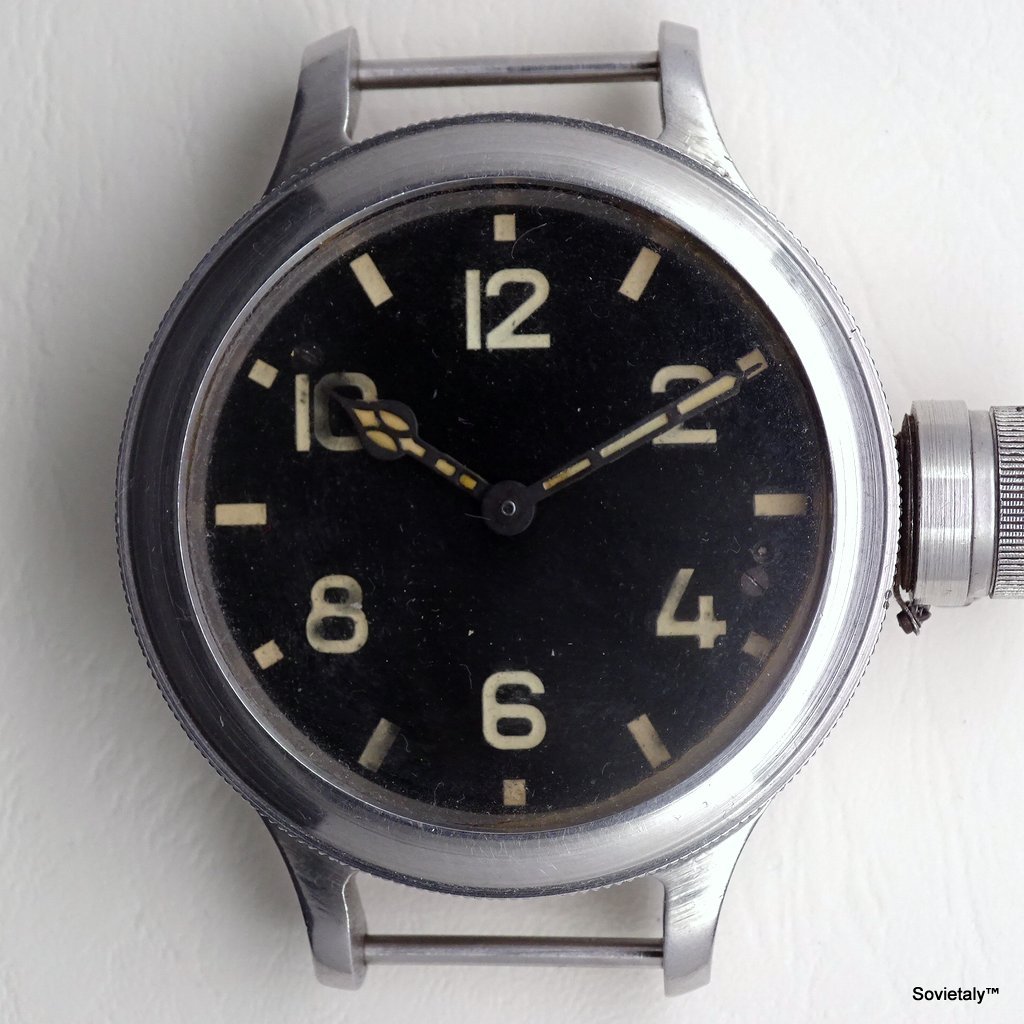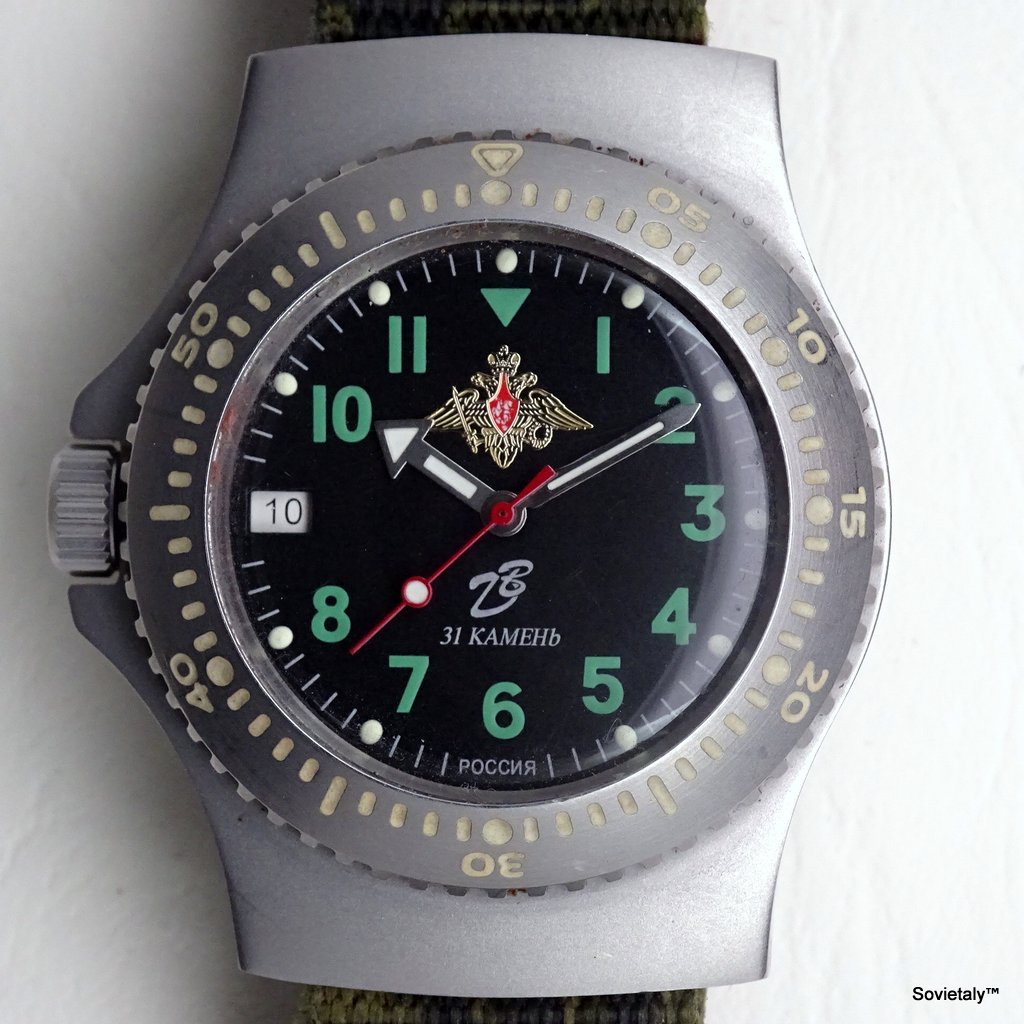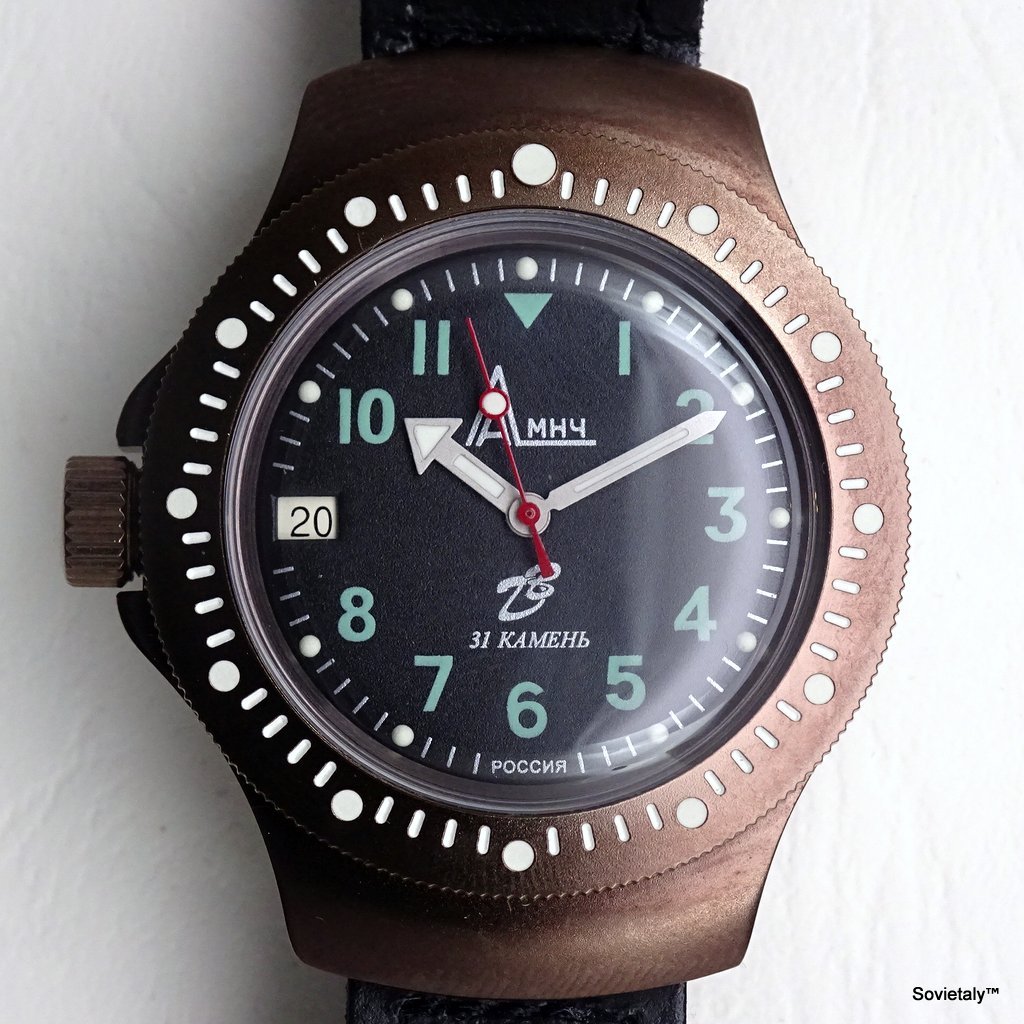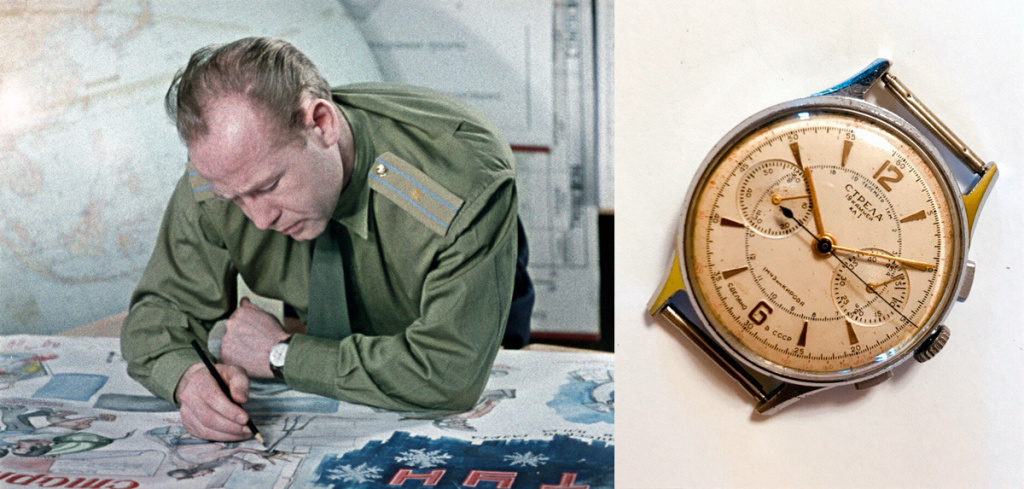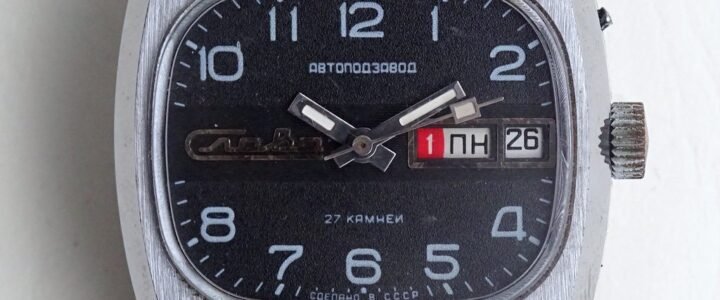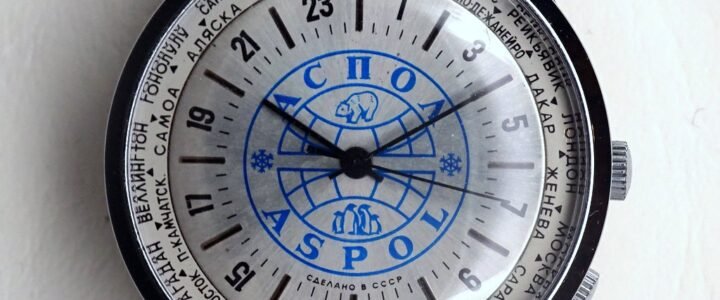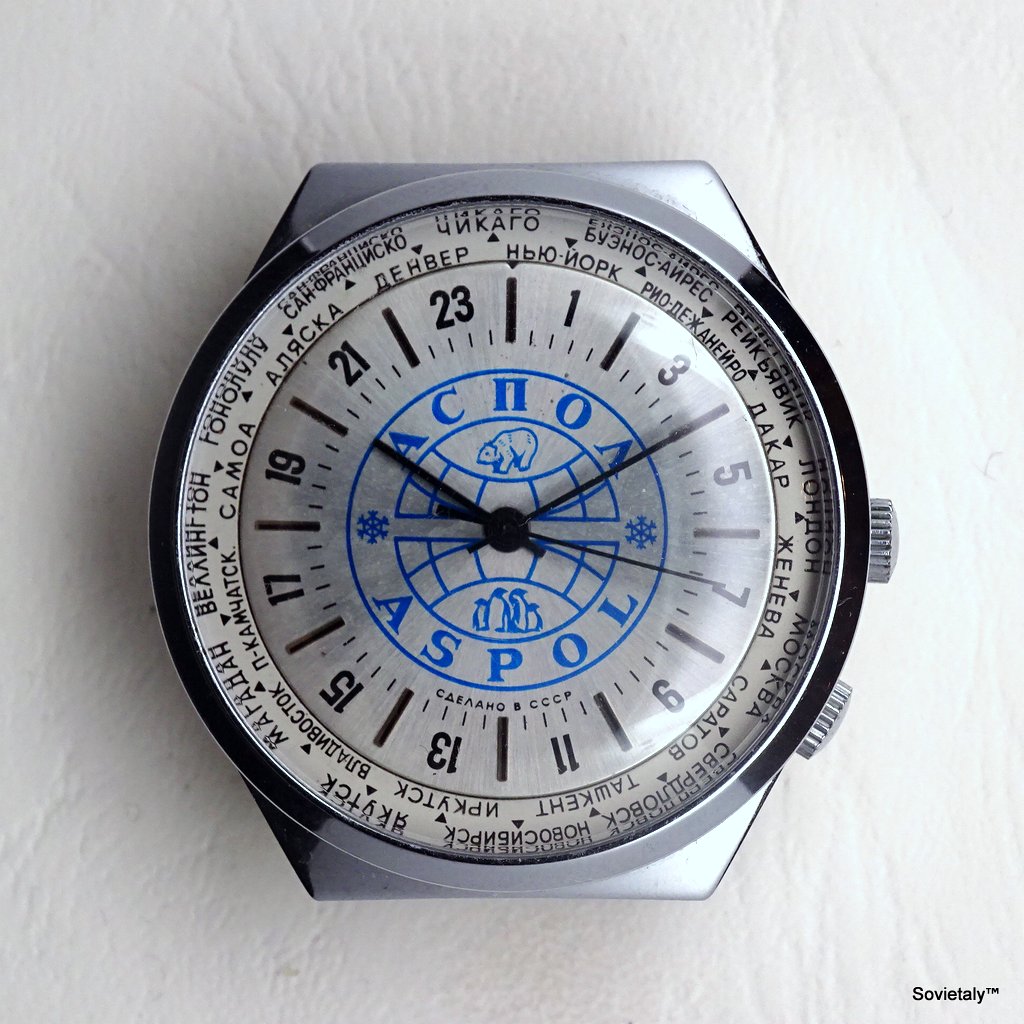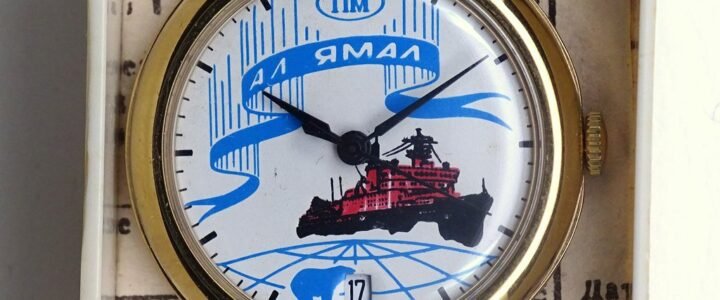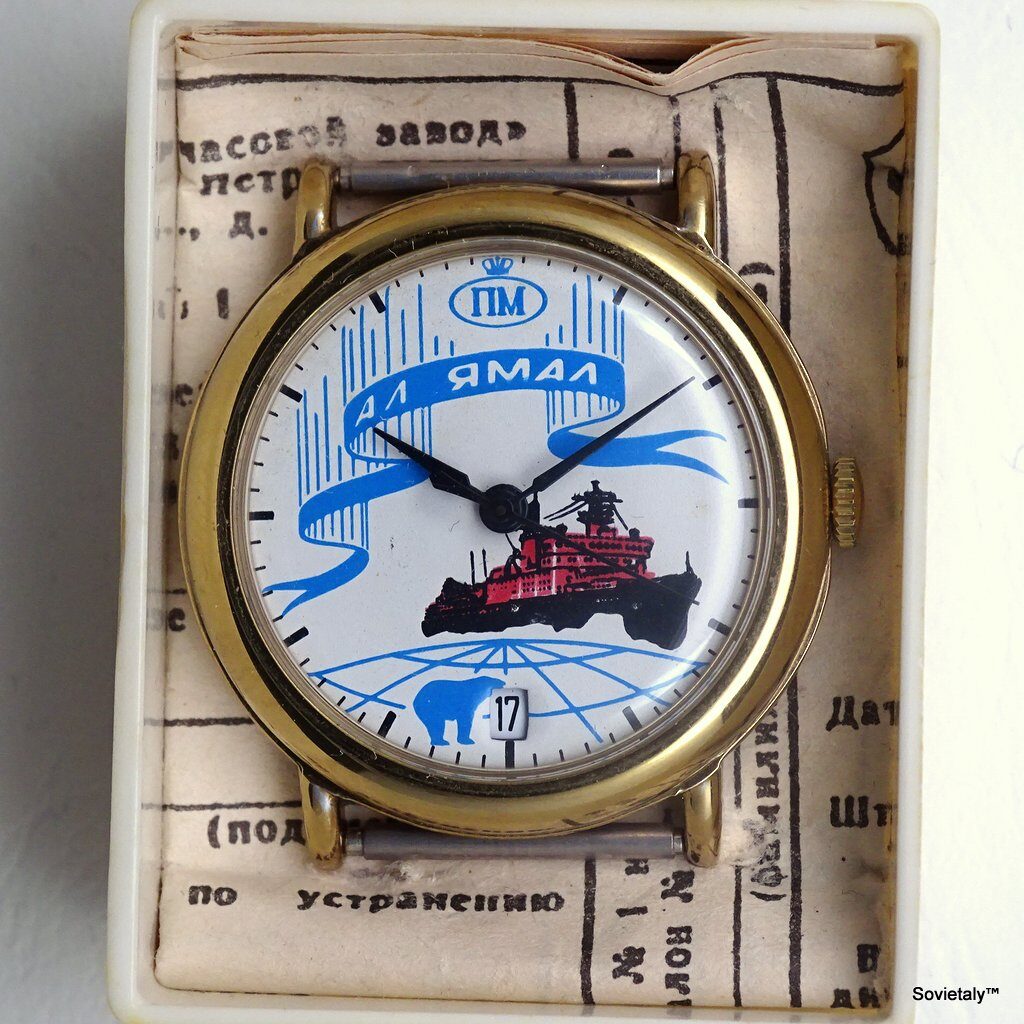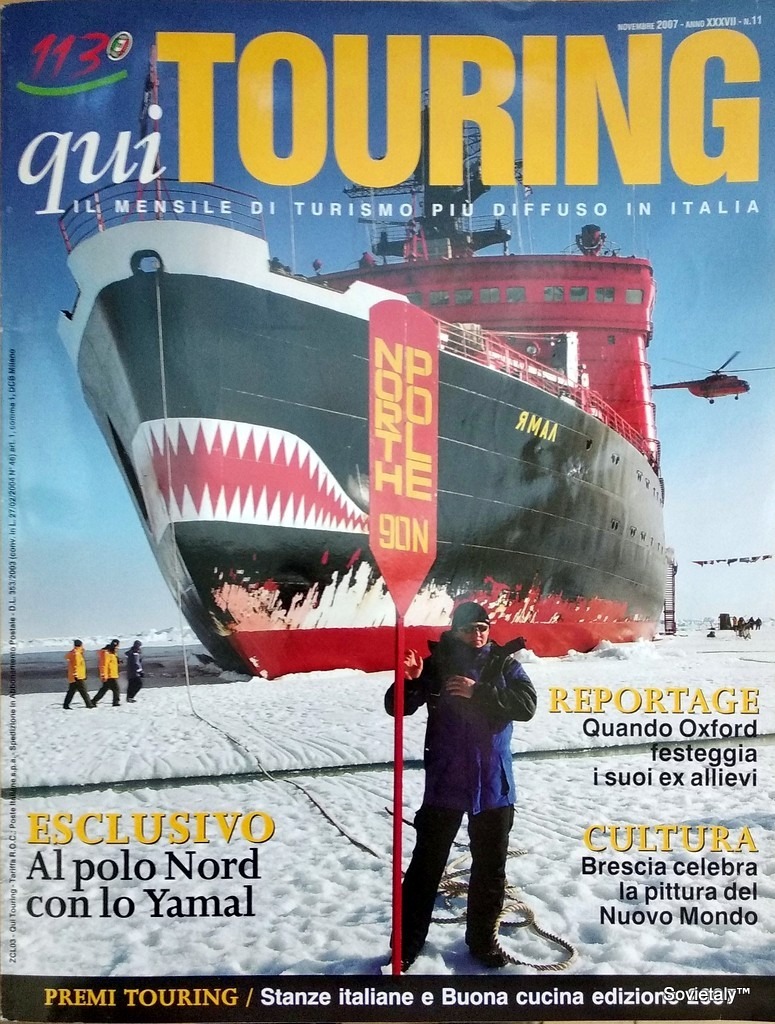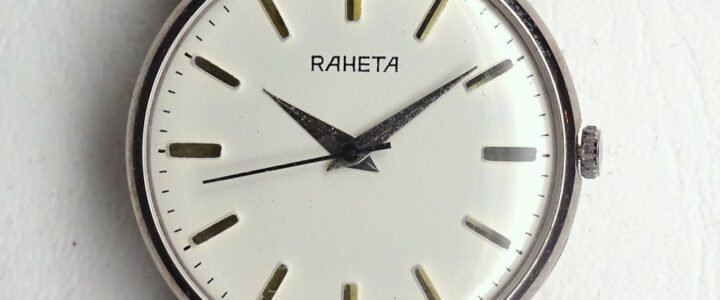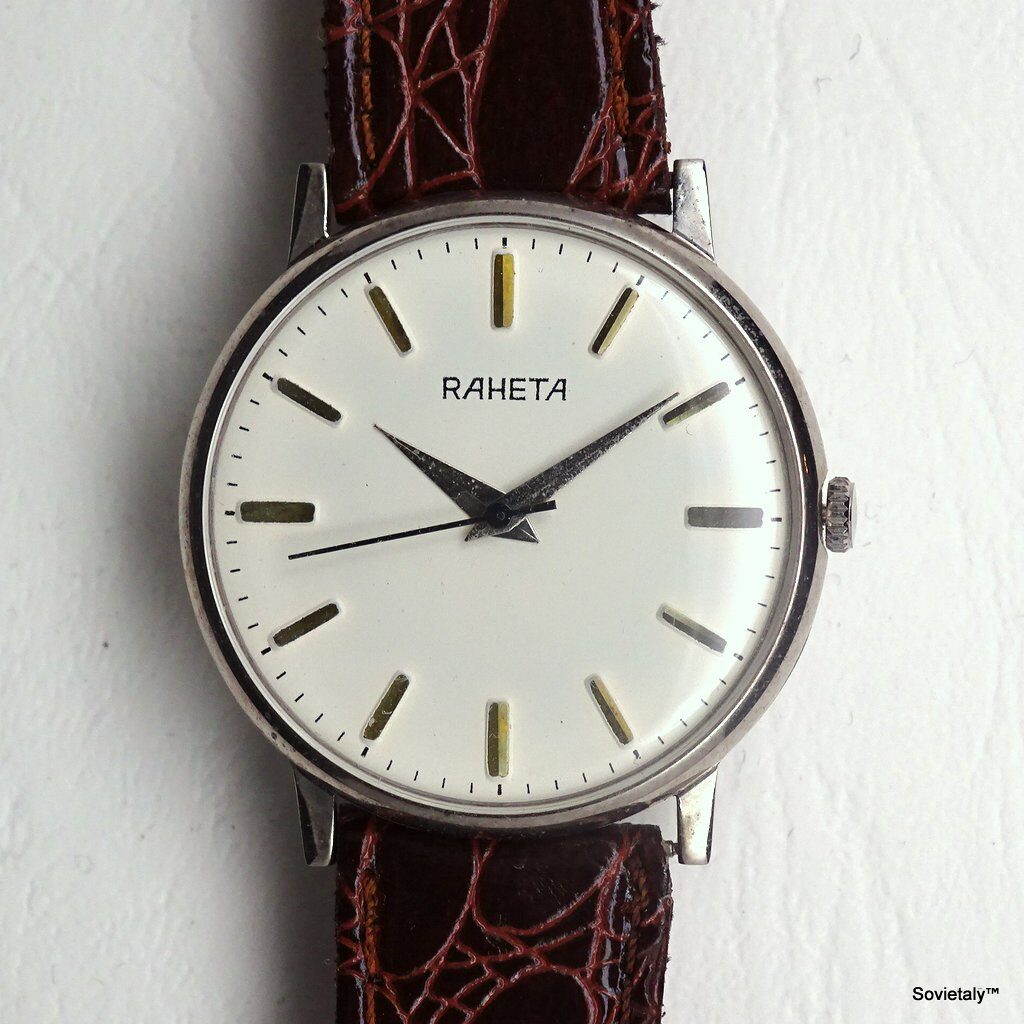Welcome to Samara, a captivating Russian city nestled on the majestic banks of the Volga River. This travel guide will take you on a journey through the ages, exploring Samara’s rich past and, above all, its unexpected connection to Soviet watchmaking. From tsarist fortresses to post-war industrial giants, from the ticking legacy of ZIM wristwatches to monumental landmarks, Samara is a hidden gem waiting to be explored by watch collectors, history lovers and curious travellers alike.
A Brief History of Samara – From Fortress to Soviet Metropolis
Founded in 1586 as a military outpost to guard the Volga’s trade routes, Samara was originally built to protect Russia’s southern border after the conquest of the Kazan and Astrakhan khanates. By 1688, it officially gained city status, and despite losing it briefly in the 18th century, it eventually became a booming hub for commerce and river traffic thanks to its strategic location. Throughout the 19th century, Samara evolved into a lively provincial capital, filled with wide boulevards, Orthodox churches, and riverfront promenades.
In the Soviet era, Samara’s importance grew significantly. Renamed Kuibyshev in 1935 after the Bolshevik leader Valerian Kuibyshev, it became a major industrial centre. During World War II, it was even designated the USSR’s “second capital” in case of Moscow’s fall, hosting embassies, the Bolshoi Theatre, and a secret underground Stalin bunker, built 37 metres below ground. Post-war, Kuibyshev flourished with heavy industry, aerospace engineering, and—most importantly for us—watch manufacturing.
In 1991, with the fall of the USSR, the city reverted to its historic name: Samara. Today, it blends centuries of architecture and culture, offering the perfect backdrop for discovering Soviet watch history.
ZIM – Samara’s Watchmaking Legacy
Let’s tick into gear: time to explore ZIM, the watchmaking pride of Samara.
The Maslennikov Factory, better known by its Soviet acronym ZIM (Zavod Imeni Maslennikova), has a story worthy of a Cold War novel. It was founded in 1911 not to make watches, but fuses and artillery shells for the Imperial Russian Army. During WWI, it produced millions of fuses annually, and after the Revolution, it limped on producing domestic goods like irons and cooking mortars.
By the 1930s, as the USSR accelerated industrialisation, the government sought to establish a home-grown watch industry, independent of foreign imports. Samara was chosen as one of the three major Soviet cities to host a watch factory—alongside the First and Second Moscow Watch Factories. From 1935 to 1939, with the help of French engineers from LIP, Samara’s ZIM factory began producing pocket watches, rugged and simple, suited to the needs of Soviet workers and soldiers.
In 1950, the factory shifted gears: it launched serial production of the iconic Pobeda wristwatch (“Victory”), celebrating triumph in WWII. Soon after, watches marked ZIM began rolling off the lines, known for their durability, reliability and affordability. For over 50 years, ZIM produced millions of mechanical watches, many exported across the USSR and allied nations.
At its peak, ZIM employed over 30,000 workers and produced not only watches, but a dizzying array of consumer and military goods—from fishing reels and sewing machines to aeronautical parts and tractor components. It was a true Soviet industrial titan.
The 1990s – Crisis and Creativity
After the collapse of the Soviet Union, ZIM—like many state-owned giants—faced hard times. Monthly production plummeted from 200,000 units to around 30–35,000, and quality began to suffer. Yet, the factory didn’t give up easily.
During the 1990s, ZIM released creative and colourful commemorative models, some made through a German-Russian joint venture called Optim-Maveg, which briefly replaced the ZIM logo with a new stylised signature. These hybrid timepieces, now rare, reflect the factory’s last attempts to stay relevant in a rapidly changing market.
Despite efforts, ZIM stopped producing watches in the early 2000s. However, former technicians and enthusiasts continued assembling pieces from leftover stock for some years. The original factory buildings still stand today—some abandoned, others converted—like the former Building 155, now home to the Zakhar Trade Centre, a post-Soviet shopping mall that carries the memory of industrial greatness.
ZIM Watches – Simplicity, Style and Soviet Identity
ZIM wristwatches weren’t luxury items, nor were they cutting-edge in terms of mechanics. They featured manual wind movements with 15 jewels, mostly based on an old French LIP design. Cases were usually brass with chrome plating, and accuracy was average. But they were affordable, reliable and, above all, widely loved.
What makes ZIM watches special is their incredible variety of dials and cases. Over 20 case styles were used across decades, and hundreds of dial designs were produced—from minimalist Bauhaus-inspired layouts to vibrant red stars, commemorative slogans, and even portraits of local monuments.
Some ZIM watches proudly displayed the Monument of Glory—a towering figure of a worker lifting wings skyward, honouring Samara’s aerospace industry—directly on their dials. Others featured patriotic themes, stylised typography, and playful visual motifs that reflected Soviet aesthetics and optimism. In many ways, each ZIM watch is not just a timekeeper, but a tiny work of ideological art.
What to See in Samara – A Watch Lover’s Guide
If you’re planning a visit to Samara, here’s a curated itinerary with historical landmarks and orological charm:
- Monument of Glory – This 40-metre tall sculpture near the Volga riverfront celebrates aviation workers. Its figure of a man lifting metallic wings is one of Samara’s most iconic images—and yes, it appeared on several ZIM watch dials!
- Stalin’s Bunker – A Cold War secret unearthed in 1991. Descend into a fully preserved underground command centre built for Stalin during WWII. It’s eerie, impressive and a unique piece of history you won’t find anywhere else.
- Kuibyshev Square – One of the largest public squares in Europe, framed by Stalinist architecture and the grand Samara Academic Opera and Ballet Theatre. A great spot for people-watching and historical immersion.
- Volga Embankment – Samara’s riverfront promenade is among Russia’s longest and most picturesque. Stroll along the water, enjoy cafes, sculptures, and local music. Ideal for reflecting on time—with or without a ZIM on your wrist.
- Samara Regional History Museum (Alabin Museum) – A must for anyone interested in Samara’s evolution. Exhibits include archaeological finds, Soviet artefacts, and occasionally vintage watches among daily life displays.
- ZIM Factory Area (Maslennikov Site) – While no longer operational, the area around Maslennikova Street still houses buildings from the original watch factory. Some are decaying; others have been modernised. For collectors, it’s like walking through Soviet industrial nostalgia.
- Samara Space Museum – Though not watch-related, it reflects the city’s engineering legacy. Stand beneath a real Soyuz rocket, built right here in Samara. Perfect for fans of science, history—and time travel.


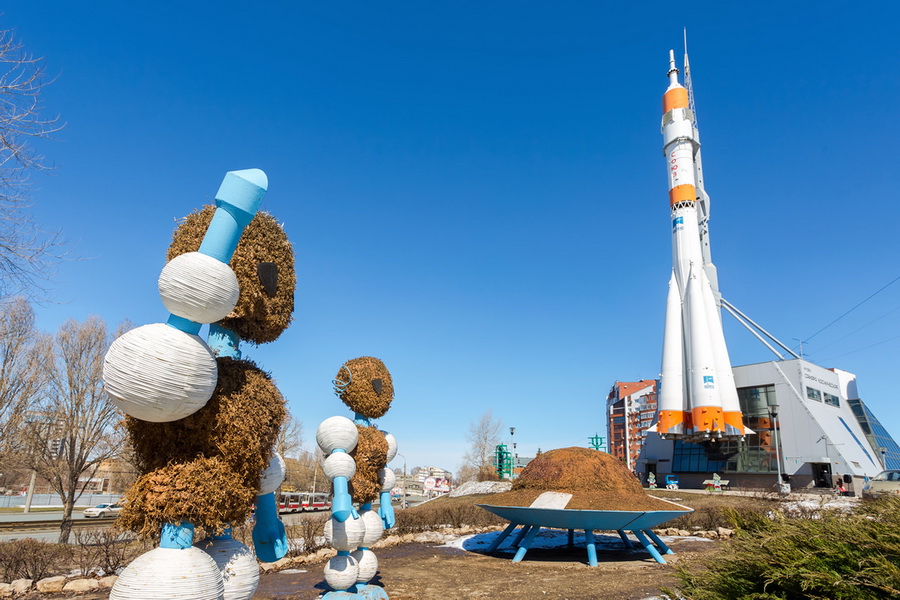
What to Eat in Samara – Fuel for Watch Hunting
Exploring Samara is hungry work. Here are some must-try local dishes:
- Zharkoye – A hearty stew of meat, potatoes, onions and carrots. Comfort food for Soviet souls.
- Kulebyaka – A layered pie stuffed with salmon, cabbage or mushrooms. Rich and satisfying.
- Samara Pryaniki – Local gingerbread-style biscuits, sweet and spiced with cinnamon and honey. Ideal with tea.
- Belyashi – Fried dough parcels filled with spiced minced meat. A perfect street snack.
- Samara Kvass – A traditional fermented drink made from rye bread. Slightly fizzy, slightly sour, very refreshing in summer.
- Volga Fish – Samara boasts excellent river fish. Try zander in cream sauce or smoked catfish with herbs.
- Raki & Zhiguli Beer – Crayfish and local beer, often served riverside, are a Samara summer tradition. Salted fish snacks (taranka) make a bold souvenir.
- Rossiya Chocolate – Samara is home to one of Russia’s largest chocolate factories. Sample Soviet-era sweets for a nostalgic sugar rush.
So whether you’re drawn by the flowing Volga, Soviet history, or the rhythmic tick of a vintage watch, Samara has something to offer. It’s a city where time moves slowly, but where history is alive in every square, factory and river breeze.
And remember—every time you glance at a ZIM watch dial, somewhere deep inside it still beats the pulse of Samara.
Happy travels—and don’t forget to wind your watch!

